The remote First Nations community of Marlinja, about 1,000 kilometres south of Darwin in the Northern Territory’s (NT) Barkly region, is now home to a 100 kW solar array and 136 kWh battery energy storage system.
The system, featuring modular solar technology provided by Australian company 5B and set to be commissioned next month, has been delivered with the help of Indigenous community-focused renewable energy project developer Original Power, and the First Nations Clean Energy Network.
With government regulations hindering the ability to deploy rooftop solar on individual homes, the community has until relied on NT government-owned Power and Water Corporation’s diesel and gas-fuelled power plant at Elliot, about 25 km away, for power supply.
Original Power Clean Energy Communities Coordinator Lauren Mellor said the Marlinja microgrid has been designed specifically to meet Power and Water Corporation’s strict load hosting limits on solar.
“We were able to do this through a collaborative approach to system design, the introduction of a battery for smoothing, islanding capabilities at the solar farm and comms upgrades for forecasting,” Mellor said.
Marlinja Elder Ray Dixon, one of the drivers of the project, said the microgrid has been installed in a bid to improve energy insecurity which has been a constant for the community.
Failures in the power network have resulted in the community losing power for extended periods. And like many First Nations communities in the NT, Queensland and Western Australia, Marlinja residents rely on a mandated pre-paid energy system that requires households to ‘top up’ credit and swipe onto a smart meter to access electricity. If there’s no money on the meter, the power cuts out.
“Currently, our community is totally reliant on the government-run diesel-gas hybrid power station,” Dixon said. “[And] we struggle with … high disconnection rates from household pre-paid meters. With this microgrid, we’re looking forward to a much brighter, solar-powered future for our community.”
Mellor said a benefit sharing arrangement reached with energy retailer Jacana will use smart meter capabilities on the existing pre-paid meters to apply daily credit proportional to that being produced at the community’s solar farm.
“This innovation will allow Marlinja residents with pre-paid meters to directly and equitably benefit from their solar investment for the first time, making major improvements to household energy affordability and disconnection rates,” she said.
Mellor said the innovation works through application of a fixed daily credit applied by Jacana to household meters, proportional to that produced at the community-owned solar farm.
“For the first time, pre-paid meter’s smart meter capabilities can be used for beneficial rather than punitive disconnection functions,” she said, adding that this could open the up the possibility for “tens of thousands of First Nations energy customers” in the NT and other jurisdictions to participate in and benefit from the clean energy transition.
Original Power Solar Program Specialist Dan Brookes said the benefit sharing arrangement is a necessary work-around under the mandated pre-paid system.
“Having a mechanism like this incentivises community investment in remote renewable infrastructure and also ensures residents experiencing energy hardship benefit directly from lower cost electricity,” he said.
Original Power said lessons learned during the delivery of the Marlinja microgrid could now be applied to the wider rollout of renewable energy to remote NT communities to ensure a faster, fairer transition to renewable energy.
The project could provide a framework to roll out more solar in remote NT communities with Mellor saying it is not a simple process for Indigenous community housing to connect rooftop solar “due to the process not being supported by an asset management framework within the Department of Territory Housing.”
Mellor said social housing residents must seek permission from the Chief Executive of the Department of Housing before installing rooftop solar and agree to remove assets at the end of their tenancy.
“There is still much work to be done within the NT government to support social housing residents and remote communities from being able to access the benefits of lower cost, renewable energy,” she said.
This content is protected by copyright and may not be reused. If you want to cooperate with us and would like to reuse some of our content, please contact: editors@pv-magazine.com.
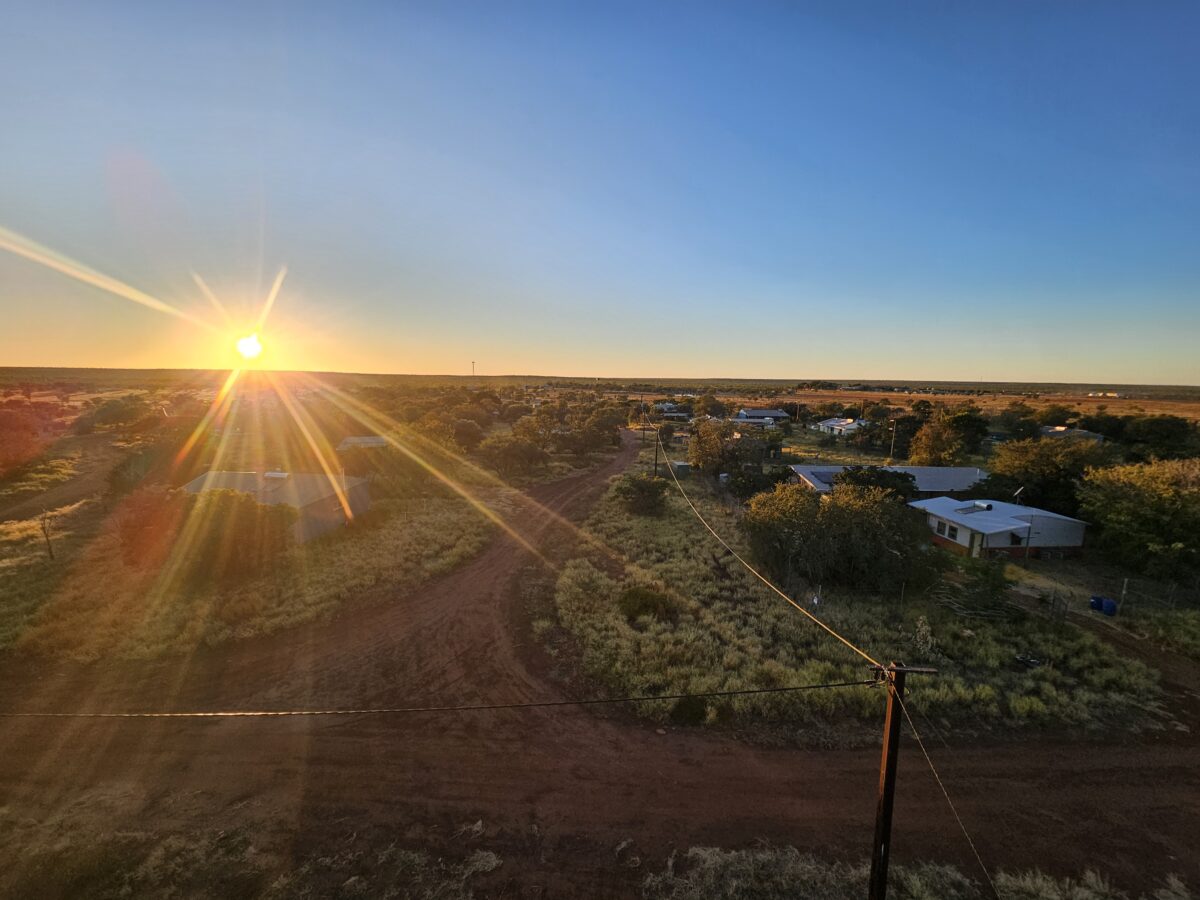

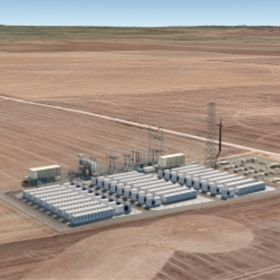
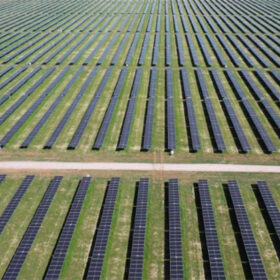
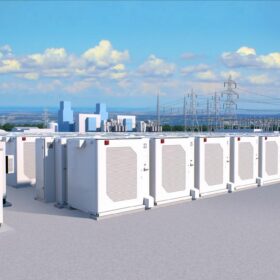
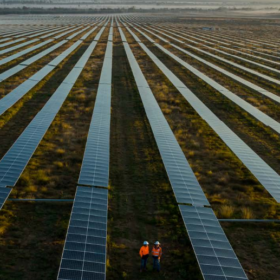
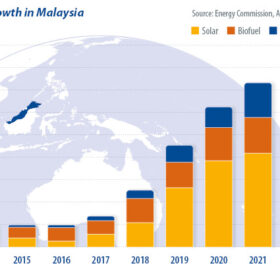
By submitting this form you agree to pv magazine using your data for the purposes of publishing your comment.
Your personal data will only be disclosed or otherwise transmitted to third parties for the purposes of spam filtering or if this is necessary for technical maintenance of the website. Any other transfer to third parties will not take place unless this is justified on the basis of applicable data protection regulations or if pv magazine is legally obliged to do so.
You may revoke this consent at any time with effect for the future, in which case your personal data will be deleted immediately. Otherwise, your data will be deleted if pv magazine has processed your request or the purpose of data storage is fulfilled.
Further information on data privacy can be found in our Data Protection Policy.